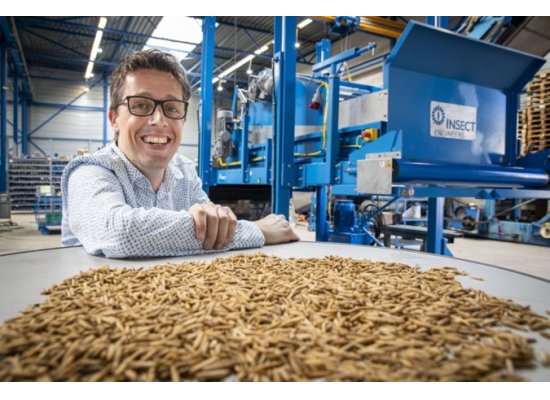On the 11th and 12th September Bob Holtermans CEO and founder of Insect engineers in the Netherlands, will be attending BSFCon https://www.bsfcon.com / , Cambridge, UK to explain the key challenges new entrants into the BSF insect industry face.
In the rapidly growing insect industry, aspiring entrepreneurs are drawn by the prospect of entering a unique market with high potential. With enthusiasm, they seek to establish businesses centered around insects. However, their initial excitement is met with a sobering reality check as they realize that success in this field demands strategic planning and a deep understanding of the industry dynamics.
The journey begins with the fundamental question: who is the target customer? This seemingly straightforward inquiry often eludes new entrepreneurs, leading to detrimental consequences. Whether the focus lies in producing insect-based food, feed, or waste processing, clarity regarding the target market is essential. This foundational step is often overlooked, despite its significance.
Within the feed sector, competition is fierce, with price sensitivity and volume demands driving market dynamics. Entrepreneurs venturing into BSF farming must acknowledge that gradual expansion is not feasible. Transitioning from a pilot facility—processing, for instance, 2 tons of wet waste daily—to handling 50 tons per day requires meticulous planning from the outset. Lessons from past failures underscore the necessity of a robust commercial strategy.
The allure of a successful BSF farm hinges on several factors: location, energy costs, waste availability, waste cost, and the sales market. While optimizing substrate use per unit area is enticing, it comes with caveats. New farmers often disregard the critical role of climate control and air circulation. These factors influence productivity and can lead to a tipping point beyond which diminishing returns arise.
Insights gleaned from Regen Organics in Kenya offer valuable lessons. Processing a staggering 70,000 tons of organic waste annually, their focus on waste management is instructive. For EU/UK growers, this approach might be less feasible due to regulatory limitations on permissible waste streams. This contrast underscores the need for policymakers in these regions to take heed.
In conclusion, the insect industry beckons entrepreneurs with its potential, but success requires strategic foresight. Defining the target customer, carefully planning for growth, considering market dynamics, and accounting for critical factors such as climate and air circulation are vital. Valuable lessons emerge from both triumphs and failures, serving as a roadmap for those entering the dynamic world of insect entrepreneurship.
Useful links:
Contact us - https://www.insectengineers.com/about-us/contact
